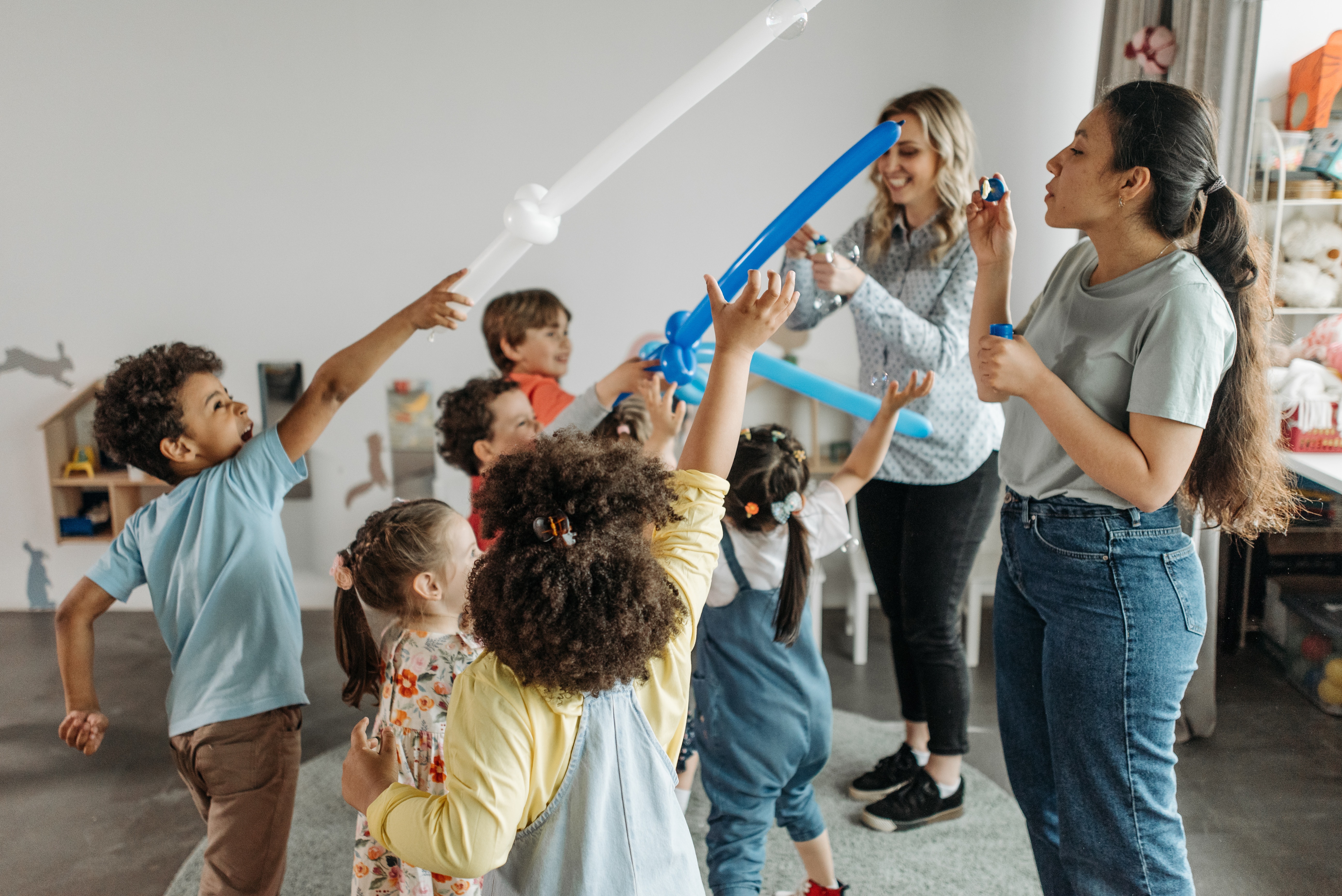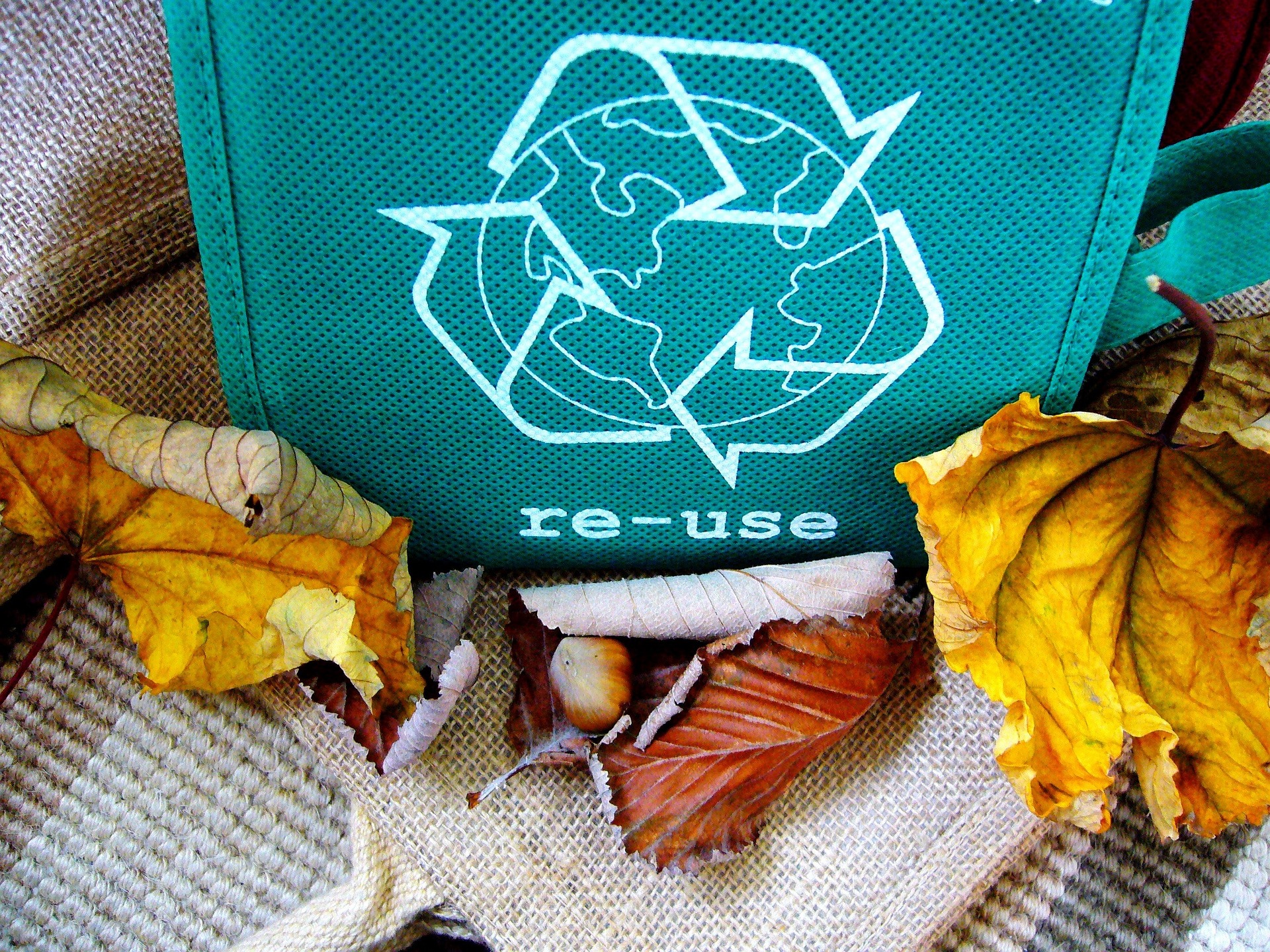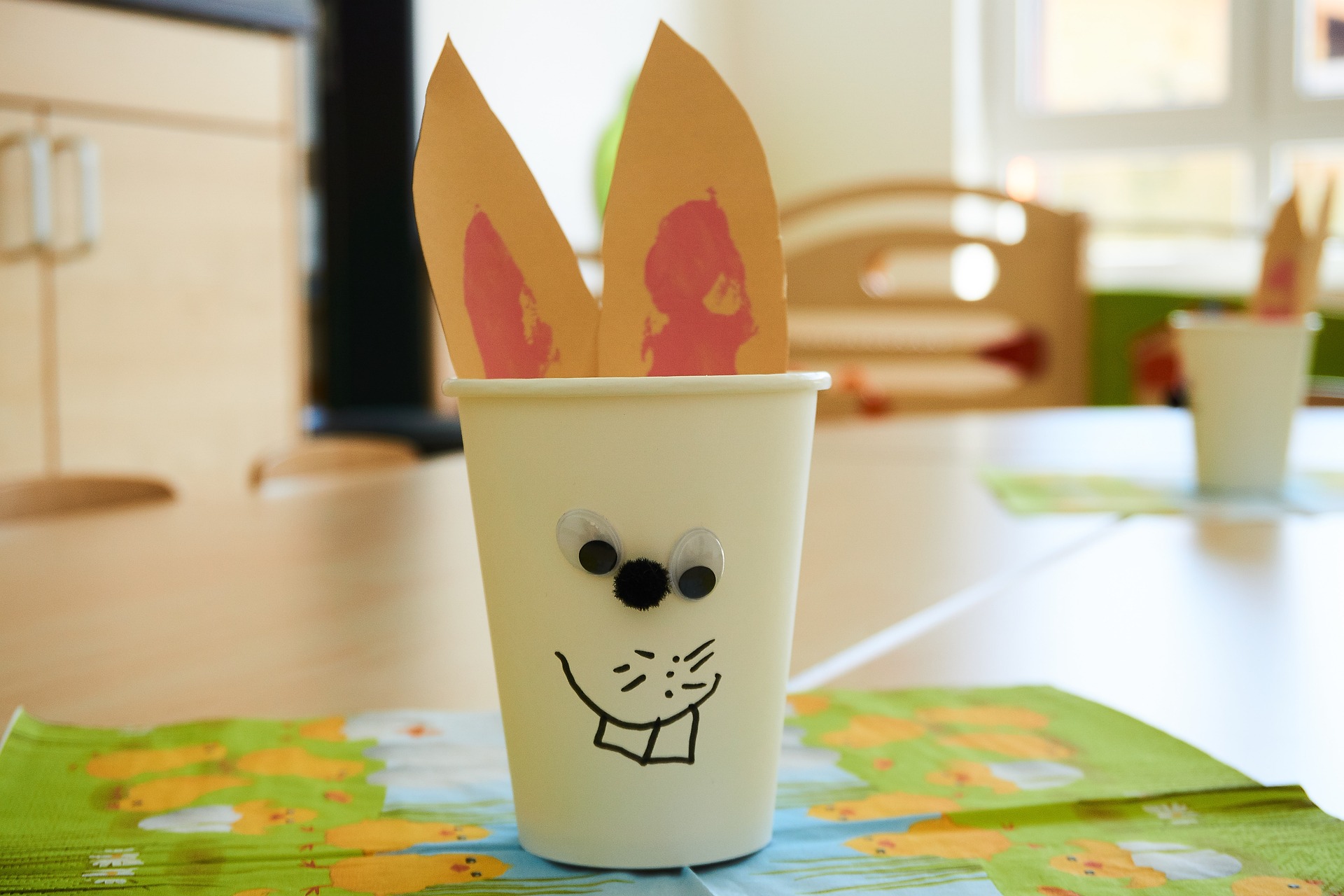 |
What resources do I need?
The Cambridge Early Years Programme is designed to be flexible so you can use the resources you have available.
|

Examples of flexible resource use include:
Resource
|
Examples of Early Years use
|
Many valuable teaching and learning activities do not require special resources
|
- Storytelling, rather than story reading.
- Joining in with songs.
- Movement activities and games. For example, chasing games.
- Talking about experiences. For example, explaining how to use a toy or play a game.
- Playing mime and role-play games. For example, ‘Guess how I’m feeling?’, where facial expressions and body language are used to express emotions.
|
Children's own bodies can be useful resources
|
- Two children holding up their arms to create an arch for others to dance through.
- Children creating moving obstacles for others to move around.
- Making music using body parts. For example, tapping legs.
- Using fingers to represent numbers, or to paint or model with clay.
|
Everyday objects are useful, sustainable resources

|
- Making art using natural materials. For example, leaves and twigs.
- Using household and natural objects to explore floating and sinking. For example, a spoon, rubber band, button, pencil, leaf or stick.
- Using cleaned food and drink packaging and utensils in your sand tray and water tray. For example, plastic bottles, cups and pots or spoons.
- Using child-friendly cutlery as tools for clay modelling.
- Using real-life items in role-play areas. For example, grocery items for shopping role-play; pots and packets of seeds for vegetable garden role-play.
- Recycling materials. For example, boxes to create models, planks of wood from old furniture to make ramps for toy cars, packaging to support mathematics learning about 3D shapes.
- Asking children to find, but not collect, items from nature in a treasure hunt in the garden. For example, ‘Can you find a white flower … a shiny stone … two different shaped leaves …?'.
|
You and your children can make useful resources

|
- Percussion instruments. For example, make shakers using rice or pebbles in sealed plastic bottles, make drums from covered tin cans, etc.
- Role-play costumes and props. For example, make superhero outfits from old clothes, crowns from cardboard, vehicles from large cardboard boxes.
- Puppets to help children to explore difficult situations in a safe way or to listen to children beginning to read books for themselves. For example, make snake puppets from old socks.
- Numbers or letters written or printed on card, for matching numbers to groups of objects, creating rhyming words by changing the first letter of a word (pat, cat, sat, fat, hat).
|


